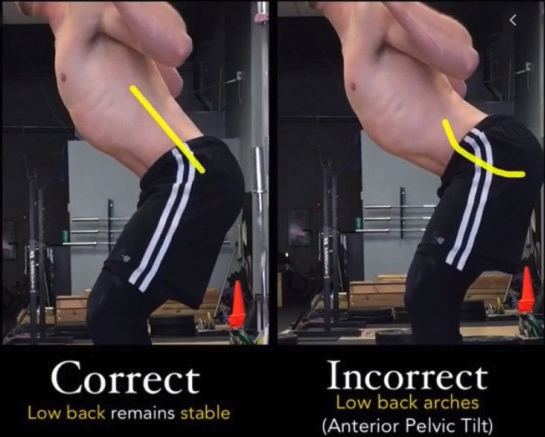You don't know squat about squats
Squats are of the most foundational and functional movements we do in our day to day lives. We as humans were designed to squat. We’ve literately been squatting since we were babies (have you ever seen a baby squat, it’s beautiful) BUT somewhere down the line we lose that ability to squat low or with good form at all. This is mainly due to the fact as we get older we sit in unnatural positions all day, we move less in our day to day and our muscles become tight which inhibits our range of motion. Working with clients who especially sit all day you tend to see limitations in hip,ankle, and thoracic spine mobility which if we are missing these components chances are your squat isn’t being correctly done. Since the squat is something you will be doing forever and there are so many variations of it done (sadly incorrect) we will dive in step by step how to barbell squat. The general rules I’m about to give will apply to most variations of a squat.
The Squat set up
When setting up the rack height for yourself you need to make sure that the bar lines up with about mid chest so that this way the bar will be easier to unrack. You always want to air on the side of caution when unracking the bar since the goal is to have a tight set up and having the bar be too high to start will lead to safety issues, not to mention a waste of energy.
Hand Position on the bar
*This is going to be dependent based off of size and shape of the lifter
The goal for hand position when squatting is going to be to make the extension of the thoracic spine a consequence of that grip position. So think handgrip as close/tight to the shoulders as we can (shoulder blades together and down).
Unracking the bar
Make sure the bar is centered and sitting over the point of the mid-foot.
Shoulder width stance
Pull pelvis under the bar
Pelvis stacked under rib cage
Don’t unrack with back
Once you’re set up and ready to go, you’ll take just 2 steps out of the rack. When unracking make sure to unrack narrower than your squat and once you step out adjust to a wider stance.
Feet and Hips
When it comes to stance, while straight feet might be preferred for some adopting a slight flared foot angle that expresses rotation at the hip will land around 30degrees will be better for most. So think about pointing your toes out to 10 and 2 if you were looking at a clock. You want to find the best position that has the greatest advantage to express the stability and strength through the muscles of our hip when we’re in the hole of a squat. We want to create torque at the hip rather than the knee to create the most power and stability.
You might have heard the cue “spread the floor with your feet”. While this is a great cue, you want to make sure you’re not initiating this cue from the foot but rather the hip. When only pushing out from the feet it could potentially limit the amount of dorsiflexion you have at the ankle. So we want to root from the hip, meaning we want to drive our knees out to find the outside edge of our foot (splitting the floor from the hip).
Elbows and Shoulders
*Dependent on size and shape of the lifter
When having the bar on your back (high bar squatting) you want the bar to sit on the spine of the scapula (so the “shelf’ you make when you squeeze your upper traps and rear delts.
If you have a more narrow frame and ribcage the angle of your elbows will be aimed backwards
If you are wider and have a larger ribcage your elbows will be under the bar
Everything you do has to have an intent as this is a full body movement. Keep in mind that with the elbow position we’re trying to get the traps,rear delts and lats as tight as we can throughout the squat driving extension into the bar.
Breathing and Bracing
Breathing and bracing are not the same thing. The goal hear is going to be to stabilize are lumbar spine. To make sure we do this correctly we want the bottom of our sternum and the front of our pelvis need to stay relatively the same distance through out the squat. This cue is also known as stacking the ribs or canister but basically making sure ribs stay down and aligned over pelvis so we don’t flare the ribs and go into a anterior tilt with our pelvis.
Breathing- Again making sure the rib cage is lined up with the pelvis and tucking the ribs down, you want to inhale through the nose getting a 360 breath(this will engage the core). So think of inhaling into the sides of your ribs and your low back instead of having your belly extend or your chest.
Highlights
Hands on bar/shoulder blades
upper back in extension
pelvis under rib cage
un-rack with the knees
two steps back into squat stance
find foot flare
cue rooting of foot from the hip
No bar movement with breath
breathe 360 (no over breathing)
rib cage over pelvis
Drive knees out as you lower into squat
Pull elbows together to drive lat engagement
Keep head neutral throughout lift


